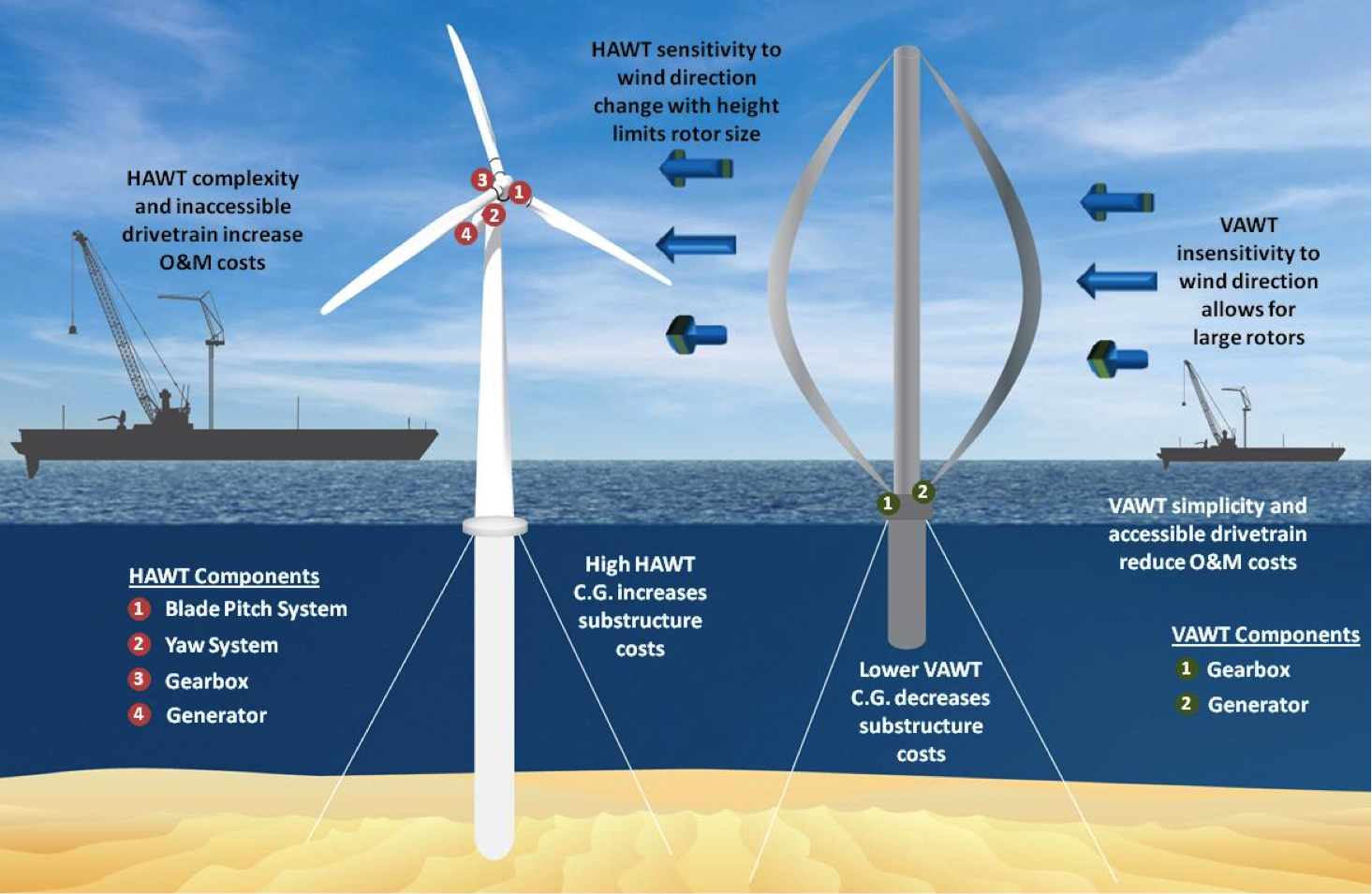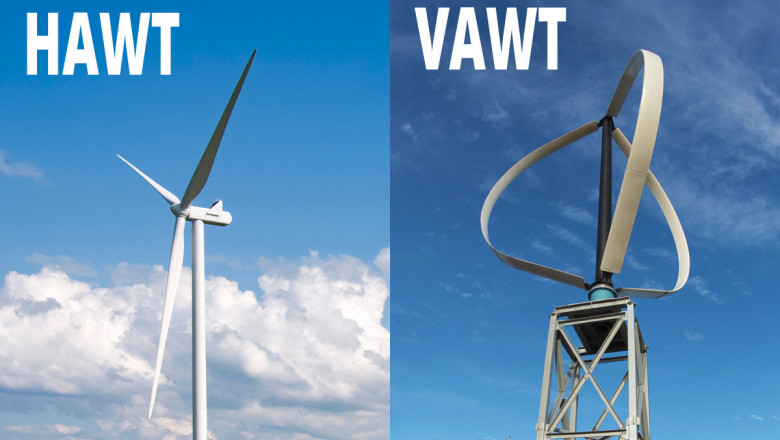views
Horizontal vs Vertical Wind Turbines: Which Performs Better in India’s Diverse Wind Conditions?
India’s push for renewable energy has made wind turbines a familiar sight across its landscape. But not all wind turbines are the same. If you look closely, you’ll notice two main types: horizontal and vertical wind turbines. Each design has its own strengths and weaknesses, especially when it comes to India’s varied wind patterns. So, which one is the better performer for India’s unique climate and geography? Let’s break it down.
Understanding the Basics: Horizontal and Vertical Wind Turbines
Horizontal wind turbines (often called HAWTs) are the classic windmills you see on large wind farms. Their long blades spin around a horizontal axis, facing into the wind. Vertical wind turbines (VAWTs), on the other hand, have blades that spin around a vertical shaft. They look a bit like eggbeaters or spinning columns.
Key Differences at a Glance
-
Horizontal wind turbines need to face the wind to work best, so they have systems to turn the blades in the right direction.
-
Vertical wind turbines can catch wind from any direction, making them more flexible in places where wind changes a lot.
Performance: Which Turbine Captures More Wind?
When it comes to turning wind into electricity, horizontal wind turbines usually have the upper hand. They can convert up to 50% of the wind’s energy into power, thanks to their aerodynamic design. This makes them ideal for places with steady, strong winds-think open plains or coastal regions.
Vertical wind turbines are less efficient, typically converting 35%–40% of wind energy. The reason? Some of their blades always move against the wind, creating drag and wasting energy. However, their ability to work with wind from any direction makes them useful in cities or hilly areas where wind is unpredictable.

Installation and Maintenance: What’s Easier in India?
Vertical wind turbines are easier to install and maintain. Most of their heavy parts, like the generator, sit near the ground. This means repairs are simpler and safer. They also take up less space, which is handy for rooftops or small plots-common in crowded Indian cities.
Horizontal wind turbines need tall towers to reach stronger winds higher up. This makes installation more complex and expensive. Maintenance can be tricky too, since the generator is at the top of the tower. But the payoff is more electricity, especially for large-scale projects.
Suitability for Indian Conditions
India’s wind conditions are as diverse as its culture. Coastal states like Tamil Nadu and Gujarat enjoy strong, steady winds, perfect for horizontal wind turbines. These regions host most of India’s large wind farms.
In contrast, cities or regions with variable winds-like parts of Maharashtra or Rajasthan-might benefit from vertical wind turbines. Their ability to work with shifting winds and fit into tight spaces makes them a good choice for urban renewable projects.
Interesting Fact
Did you know that some modern wind farms in India are experimenting with hybrid setups, combining both horizontal and vertical turbines on a single tower? This approach aims to maximize energy generation in areas where wind direction and speed change frequently.
Cost Considerations: What About the Price?
If you’re thinking about small-scale wind power, you might wonder about the 1kw wind turbine price in india. Prices can vary widely based on the technology, brand, and installation site. Generally, a 1kW wind turbine can cost anywhere from ₹1.5 lakh to ₹3 lakh, including installation. Vertical models may be a bit cheaper upfront, but their lower efficiency means you might need more units to meet your energy needs.
For large-scale wind farms, horizontal turbines are more expensive but offer better long-term returns due to higher efficiency and energy output.
Who Makes These Turbines?
India is home to several major turbine manufacturing companies in india. Leaders like Suzlon Energy Limited, Inox Wind Limited, and Tata Power Company have made significant contributions to the wind energy sector, offering both horizontal and vertical turbine solutions. These companies focus on improving efficiency, reducing costs, and adapting designs to suit India’s diverse wind conditions.
Also Read: Top 12 Wind Turbine Manufacturers in India as of 2025
Which Should You Choose?
-
If you have lots of space and access to steady winds, horizontal wind turbines are the clear winner for maximum power and efficiency.
-
If you’re in a city, have limited space, or face unpredictable winds, vertical wind turbines offer flexibility and easier maintenance, even if they’re less efficient.
Ultimately, the best choice depends on your location, budget, and energy needs. As technology advances and India’s renewable energy market grows, both types of turbines will play a role in meeting the country’s green energy goals.
Both horizontal and vertical wind turbines have their place in India’s renewable energy future. While horizontal turbines lead in efficiency and are perfect for large wind farms, vertical turbines shine in urban and challenging environments. As innovation continues, hybrid solutions and smarter designs may soon offer the best of both worlds, helping India harness the power of the wind more effectively than ever before.














Comments
0 comment